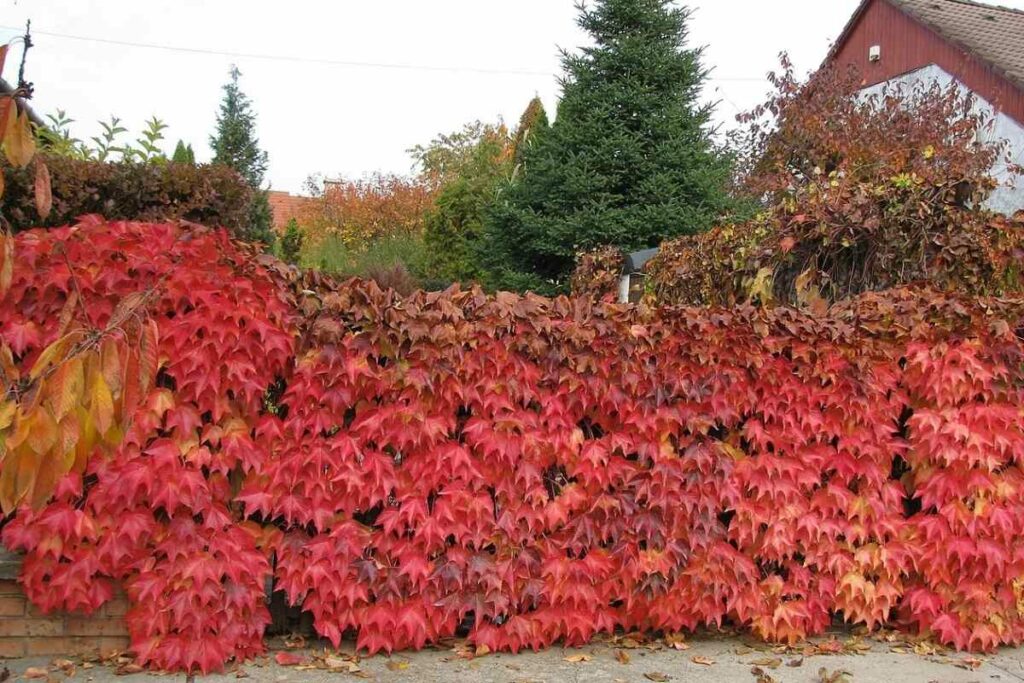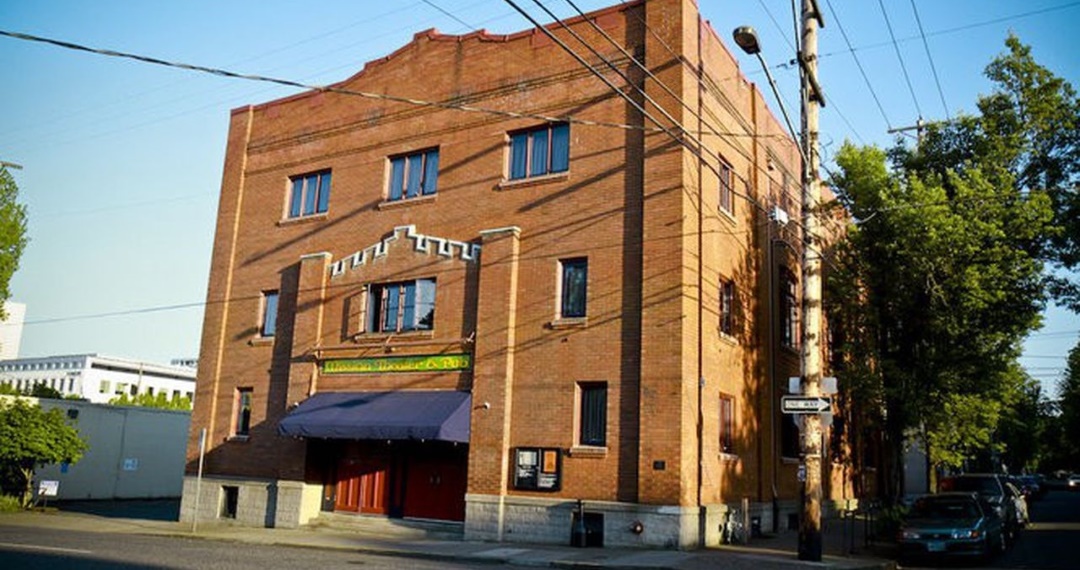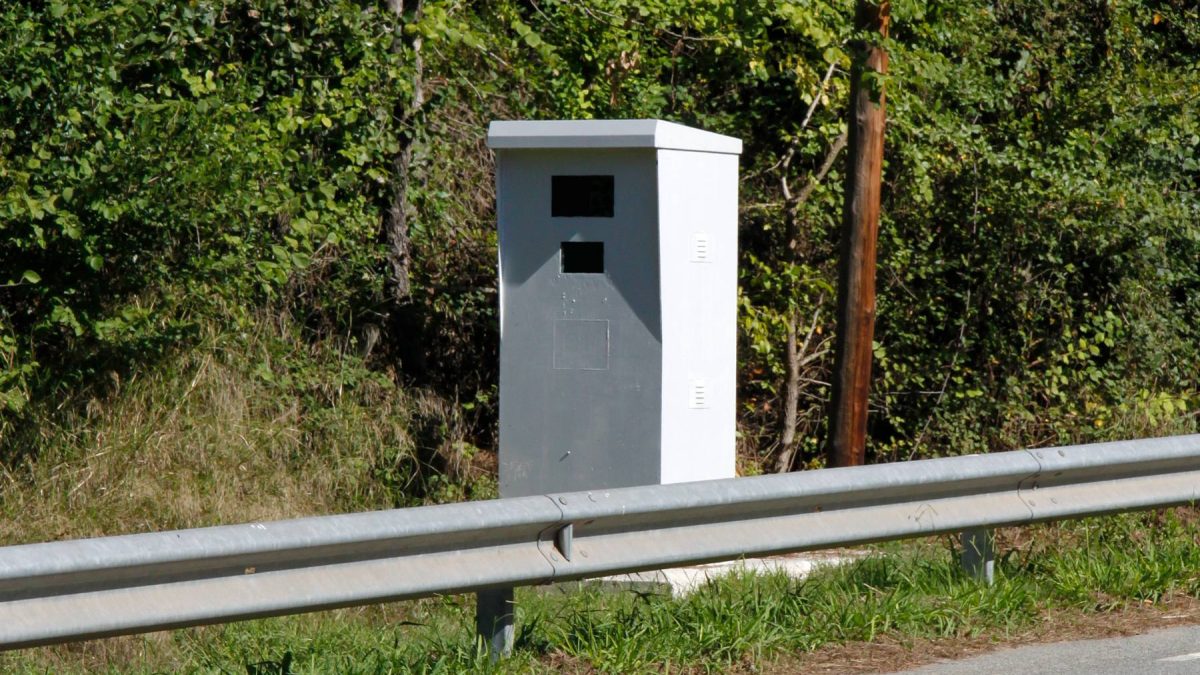How To Plant And Maintain A Thriving Living Fence

Table of Contents
Choosing the Right Plants for Your Living Fence
Selecting the appropriate plants is the cornerstone of a successful living fence. Consider your climate, soil type, desired height and density, and the amount of sunlight your chosen location receives. The best plants for a living fence will vary depending on these factors. For example, fast-growing hedging plants are ideal if you need quick results, while evergreen hedging plants offer year-round privacy and visual interest. Deciduous hedging plants provide seasonal color changes, and drought-tolerant hedging plants are perfect for drier climates.
- Climate: Consider your USDA Plant Hardiness Zone to ensure chosen plants can thrive in your area.
- Soil Type: Amend your soil with compost to improve drainage and fertility before planting. A soil test can help determine necessary adjustments.
- Desired Height and Density: Choose plants that will eventually reach your desired height and create the level of density you need for privacy.
- Sunlight Exposure: Select sun-loving or shade-tolerant plants depending on the amount of sunlight your planting area receives.
Here are a few examples of suitable plants:
- Leyland Cypress (fast-growing evergreen): Excellent for quick privacy, but requires regular pruning. Mature height: 60-70ft, width: 15-25ft.
- Holly (evergreen): Offers dense foliage and attractive berries. Mature height varies greatly depending on species. Requires well-drained soil.
- Privet (fast-growing, versatile): Tolerates a range of conditions and can be pruned into various shapes. Mature height: 8-15ft, width: 6-10ft.
- Spirea (deciduous): Provides beautiful spring blooms and attractive fall foliage. Mature height and width vary depending on species.
- Potentilla (drought-tolerant): Ideal for dry climates; offers beautiful flowers. Mature height: 1-3ft, width: 1-3ft.
Planting Your Living Fence: A Step-by-Step Guide
Proper planting techniques are crucial for establishing a healthy living fence. Follow these steps for optimal results:
- Site Preparation: Clear the area of weeds, rocks, and debris. Amend the soil with compost or other organic matter to improve drainage and fertility.
- Marking the Line: Use string or stakes to mark a straight line where your living fence will be planted. This ensures a neat and even appearance.
- Digging the Holes: Dig individual holes slightly larger than the root ball of each plant. Spacing should be appropriate for the mature size of your chosen plants; consult plant tags for recommended spacing.
- Planting: Carefully remove the plants from their containers, gently loosen the roots, and place them in the holes. Fill the holes with soil, firming gently to eliminate air pockets.
- Watering: Water thoroughly after planting to help settle the soil and ensure the plants get a good start. Consistent watering is crucial during the establishment phase.
- Proper Plant Spacing: Ensure appropriate spacing for the mature size of your plants. Overcrowding can lead to weak growth and disease.
- Watering Techniques: Water deeply and infrequently, encouraging deep root growth. Use a soaker hose or drip irrigation to avoid wetting the foliage.
Maintaining Your Living Fence for Optimal Growth
Ongoing maintenance is key to a thriving living fence. This includes regular watering, fertilization, pruning, and pest control.
- Watering Schedule: Water deeply and regularly, especially during dry periods. Aim for consistent moisture without waterlogging.
- Fertilizing: Fertilize annually in early spring with a balanced fertilizer to promote vigorous growth.
- Pruning/Trimming Techniques: Regular pruning maintains shape, density, and encourages healthy growth. Formal hedges require frequent, precise trimming; informal hedges require less frequent, less precise trimming.
- Pest and Disease Control: Inspect your plants regularly for signs of pests or diseases. Address problems promptly using appropriate methods, such as insecticidal soap or fungicides. Preventative measures like proper spacing and good air circulation are also effective.
- Winter Protection (if necessary): Some plants may require protection from harsh winter conditions. Mulching around the base of the plants can help insulate the roots.
Troubleshooting Common Living Fence Problems
Gaps in the fence, slow growth, pest infestations, and diseases are common issues.
- Gaps: Plant additional plants to fill in gaps.
- Slow Growth: Check for nutrient deficiencies and amend soil as needed. Ensure adequate watering and sunlight.
- Pest Infestations: Identify the pest and use appropriate control measures.
- Diseases: Address diseases promptly using appropriate fungicides and improve air circulation to prevent further spread.
Conclusion
A living fence offers unparalleled beauty, privacy, and environmental benefits. By following these steps for planting and maintaining your living fence, you can create a stunning and thriving natural boundary. Remember, choosing the right plants and providing consistent maintenance are crucial for long-term success. Create your dream living fence today! Transform your landscape with a thriving living fence, and build a beautiful living fence that you can be proud of. Find the best plants for your living fence at your local nursery or online. Start your project now and enjoy the rewards of a beautiful, natural fence.

Featured Posts
-
 New Holland Dealer Of The Year Vater Machinery Recognized For Excellence
May 29, 2025
New Holland Dealer Of The Year Vater Machinery Recognized For Excellence
May 29, 2025 -
 Legal Victory For Oregon Ag Live Nations Portland Venue Bid In Jeopardy
May 29, 2025
Legal Victory For Oregon Ag Live Nations Portland Venue Bid In Jeopardy
May 29, 2025 -
 Morgan Wallen 2025 Tour Tickets Comprehensive Guide To Dates And Pricing
May 29, 2025
Morgan Wallen 2025 Tour Tickets Comprehensive Guide To Dates And Pricing
May 29, 2025 -
 Harry Potter Tv Adaptation Casting News For Lead Roles
May 29, 2025
Harry Potter Tv Adaptation Casting News For Lead Roles
May 29, 2025 -
 Todos Los Radares De Zaragoza En 2025 Fijos Moviles Y De Tramo
May 29, 2025
Todos Los Radares De Zaragoza En 2025 Fijos Moviles Y De Tramo
May 29, 2025
